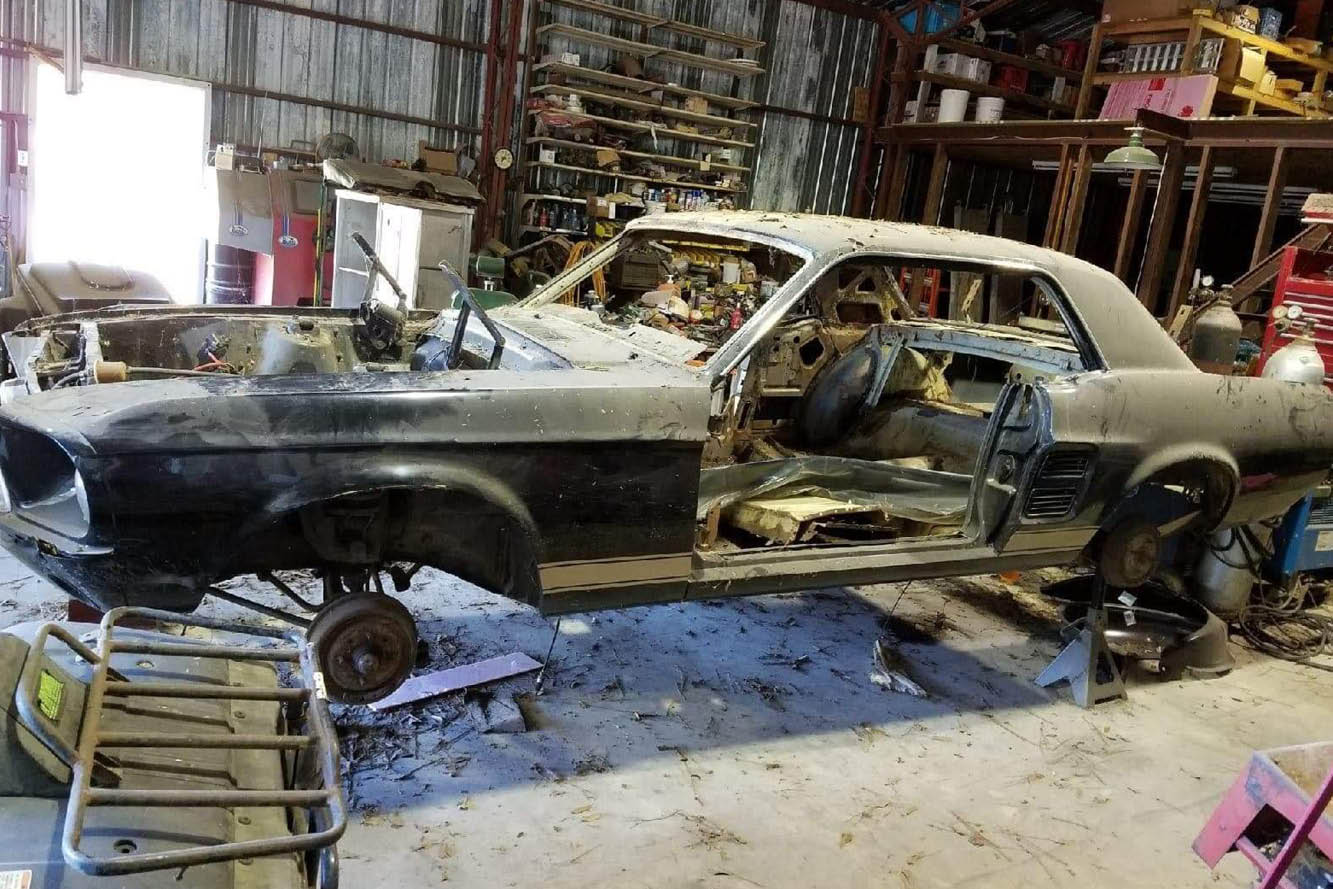
Cars and Drivers Guide
May 2021
Putting the Pieces Together
May 2021How to take the stress out of buying a new vehicle
Buying a new car can be an exciting time for anyone. The prospect of purchasing a shiny new set of wheels, loaded with the latest features and emanating that new car smell is enough to drive car lovers straight to the dealership.
But the process of buying a new car can also be a frustrating and confounding experience. At best, you’ll spend – or finance – a significant sum of money; at worst, you may get burned. Indeed, the car-buying process can be a financial minefield, especially if you’re dealing with salesmen who are not on the level.
So, before you take your first test drive, follow these tips to make your car buying experience a little easier for you and your wallet.
Determine your budget
Car salesmen have one primary goal – getting you to sign on the dotted line. Whether you can truly afford the car is of no consequence to them; that’s your job to determine. Experts say you should spend no more than 25 percent of your monthly household income for all the cars in your garage. In addition to monthly finance payments, this figure should include all annual fuel and car expenses. There are many home budget calculators available online to help you determine the car you can comfortably afford.
Determine if a new car the right choice for you
Customers today have the option of buying certified pre-owned (CPO) vehicles or leasing a car – new or a CPO – for a predetermined period of time. If you decide to go the CPO route, you’ll get the most car for your money, but you will be given a shorter warranty period. Unless you pay for a Carfax report, you also won’t know the car’s entire history. Leasing a car may get you into a more expensive make and model but you’ll never own the car outright. The lease terms may also limit the number of miles you can travel with your car within a year. Go beyond this limit and you’ll have to either buy additional miles or face significant penalties. A new car, however, will afford you a full warranty and a lower interest rate than if you were to finance a used car. You may sacrifice a few features but, depending on the dealership from which you buy the car, you may get free maintenance. Most new vehicles today also come with free roadside assistance.
Once you’ve narrowed your search, determine vehicle invoice prices.
Websites like Kelley Blue Book are helpful in educating customers on the difference between a car’s invoice or wholesale price, its manufacturer’s suggested retail price (MSRP), and the dealer’s asking price. Some also give the average price for which the cars sold in a particular area. Armed with this information, you’ll know ahead of time how much the dealer paid for the cars you are interested in. Your goal should be to negotiate a price that is as close to the dealer’s cost before any discounts are applied.
When it comes to car buying, being forewarned is being forearmed. Do your research and print out the numbers before you head to a dealer. You may want that snazzy new ragtop, but it may be the wrong car at the wrong time for you. Buy a car that’s just as comfortable to afford as it is to drive.






